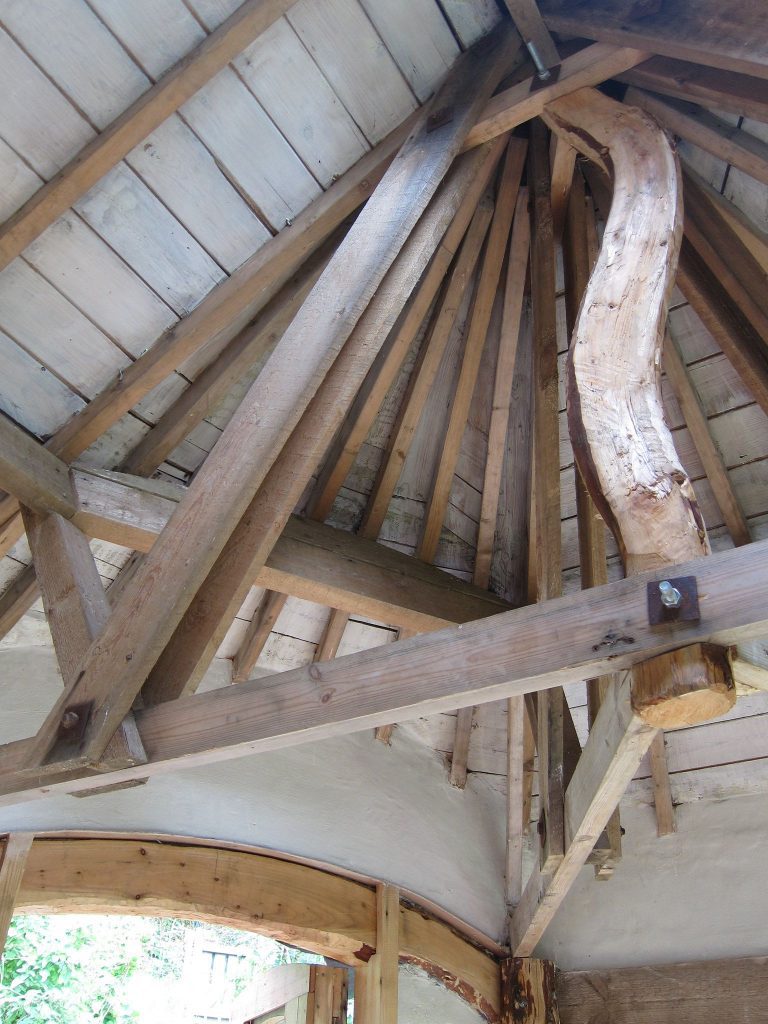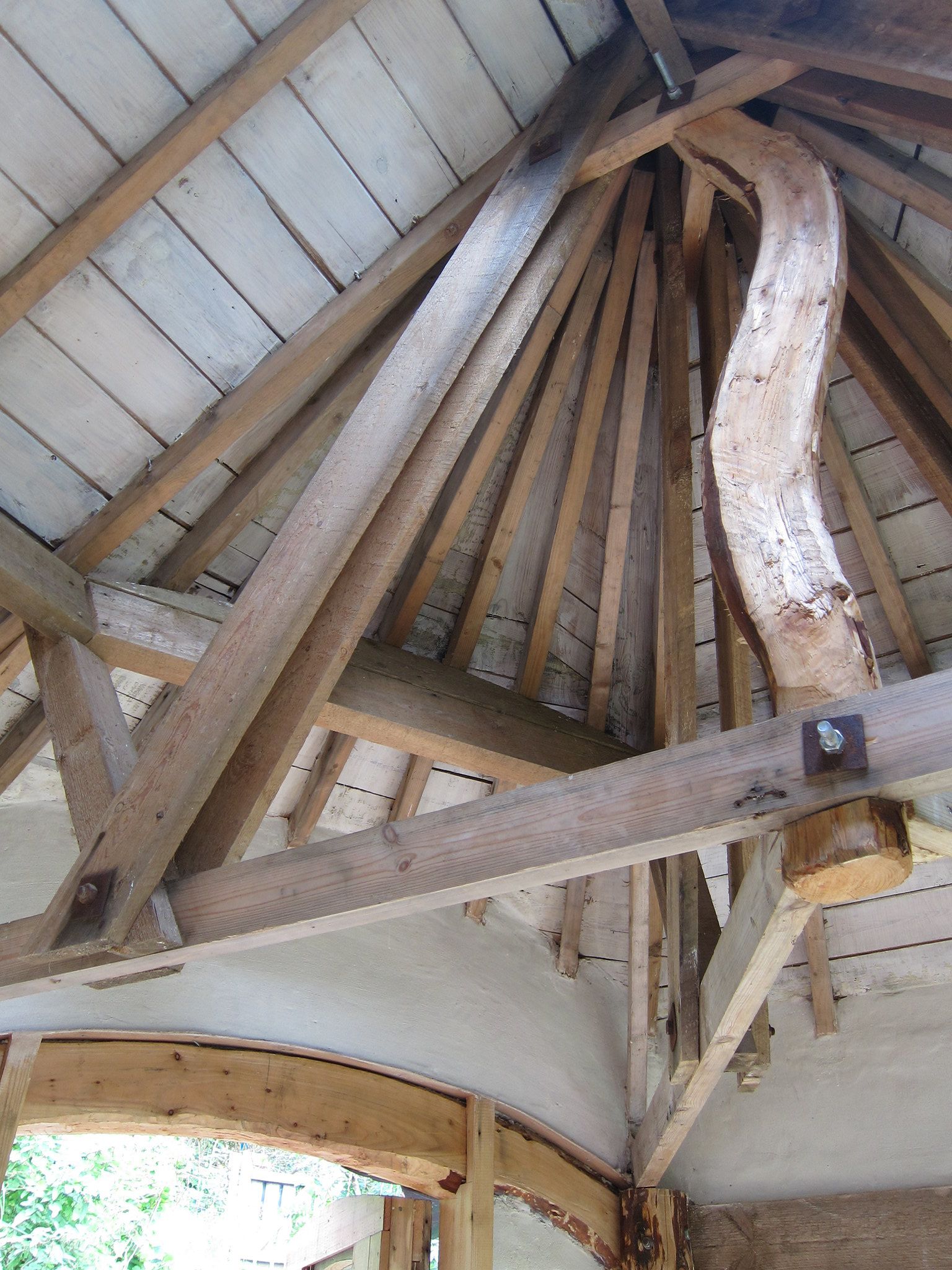One of the more challenging home remodeling projects occurs when homeowners want to change the appearance and texture of their home’s walls. While one might think that it shouldn’t be all that hard to do, the trick is finding a way to do so, without having to take the plywood, paneling or wallboard off and start over again. The trick is doing the changeover in a way that will last and not just fall off the wall.
Of course, there are two key factors in making this work. The first is what sort of material the walls are made of to start with and the second is what sort of material is going to be used to cover the walls. While just about any combination will work, the trick is usually finding some way of ensuring that the coating will attach to the substrate, without falling off.
When the idea is to modernize the look of the home, most people want to make existing walls smooth. Even when blown orange peel or knockdown texturing is desired, a smooth wall is required first, for the texture to be applied to. These textures are not that extreme, so any faults behind them will usually show through; hence the need to make the wall smooth first.
Plaster or Drywall Mud?
Both plaster and drywall mud fulfill the same basic surface, providing a smooth surface for painting and finishing. But they are not the same, no matter how similar they might look. However, not all drywall mud is the same. Joint compound is designed for use only on paper-coated drywall and won’t stick well to other surfaces. “All Purpose” joint compound is what’s needed when applying to wood or other materials.
Before the invention of drywall, more correctly called “gypsum board,” the main way of covering interior home walls was with plaster. Plaster requires considerably more skilled craftsmen to install, because the entire wall surface has to be troweled into place. Skill is necessary to provide a smooth surface. On the other hand, when drywall is used, the only thing that is being skim coated is the joints.
While drywall is used in most new construction, older homes may still have plaster in them, giving reason to continue using plaster in a remodeling project. But plaster is considerably heavier than drywall mud (11 lbs. per sq. ft.), so while either one might be used, extra precautions might have to be taken with plaster, to ensure it doesn’t fall off the wall. This extra density makes plaster better at absorbing sound, than drywall and mud is.
On the other hand, plaster sticks better than most drywall mud does. Drywall mud is formulated to stick to the paper covering used in the manufacture of drywall. If that same mud is used on wood surfaces, it might not adhere as well. For those cases, all-purpose joint compound should be used.
Plaster has been used for exterior applications, throughout history, something that drywall can’t do. The Mayan pyramids were coated in plaster images of their deities. However, plaster is porous and will absorb water. So it must be painted with a heavy enough coat of paint to ensure that water cannot soak into the plaster. We don’t see many Mayan ruins which still have plaster on them today, because the paints they made weren’t good enough to protect the plaster.
Dealing with Already Textured Walls
Already textured walls can be some of the worst to deal with, especially if the wall is textured with a heavy texture. Some of the older texturing styles, used before blown texturing, can be extremely hard to cover, as their peaks stick up as much as ¼” above the surface of the wall.
Flatten such a wall requires a two-stage process, combining sanding of the existing texture to remove the high points and skim coating it to provide a smooth surface. Applying the skim coat, without sanding first is not effective, as it requires a very thick coating of plaster or drywall mud. Nor does sanding work alone; it is difficult to sand the existing plaster texture all the way down to a smooth surface.
Properly done, sanding is used to knock down the high points of the existing texture, minimizing the amount of plaster or drywall mud that is required. While it is not necessary to sand the wall smooth, it should be sanded evenly. Once it is sanded, the drywall mud or plaster can be skim coated onto the wall, allowed to dry and then sanded smooth. Care must be taken when sanding plaster, as if sanding is too aggressive, the plaster can crack.
Applying Plaster or Drywall Mud Over Different Materials
Either plaster or drywall mud can be applied over a variety of materials. However, care must be taken, in preparing the surface, in order to ensure that the results equal the results desired. Proper surface preparation, attachment of lath and/or application of the plaster or mud must match the surface being covered.
Applying Over Plywood and OSB
Either plaster or drywall mud can be applied over plywood. However, bare drywall is extremely dry and absorbent. As such, it will suck the moist right out of the coating, which can lead to cracking. To prevent this potential problem, the plywood should be primed, sealing the pores in the wood surface.
If the plywood is already painted, that will suffice to seal the surface. However, drywall mud will not stick well to glossy paint. If the paint is glossy, degloss it by sanding the surface and then paint it with primer or flat paint.
Since plywood is a smooth surface, it is a good idea to cover it with metal lath, before applying the plaster. This is not necessary, when applying drywall mud, in place of plaster.
Applying Over Wood
As with plywood, both plaster and all purpose joint compound (not regular drywall mud) can be applied directly to wood, such as dimensional construction lumber. However, the same precautions apply. bare wood should be primed with a flat primer, to ensure that the wood doesn’t draw all the moisture out of the plaster or drywall mud. Glossy paint must be deglossed and painted over, as neither substance will stick well to it.

Applying Over Paneling
When working with paneling, a lot depends on the type of paneling that is in the home. Most wood paneling is only ¼” thick plywood, which has had woodgrain printed onto it and slits cut partially through to simulate the edges of the boards. If this is not well attached to the wall, the weight of plaster can cause it to come loose.
The glossy finish of this type of paneling can cause a problem for adhesion as well. In this case, the paneling should be treated like glossy paint, sanding it and then covering it with primer to ensure a good bonding surface. Of course, real wood paneling, such as the old board and bead paneling, doesn’t require this sort of treatment; nor is it a problem with it coming loose, as it is thicker.
Before skim coating the wall, fill the grooves in the paneling with whichever material is being used, wiping it smooth with the surface of the paneling. Allowing high points should be avoided, as they have to be sanded smooth before the skim coat is applied. Failure to fill these grooves will be obvious once the skim coat is applied, as shrinkage will cause an indentation at them.
Applying Over Chip Wallpaper
It is possible to apply plaster or drywall mud over existing wood chip wallpaper. The only concern is how well the paper is attached to the wall. If it is well attached, the texture of the paper provides a good “bite” for the plaster or drywall mud to adhere to. However, if the paper is not well bonded to the wall, the weight of the plaster could pull it loose.




